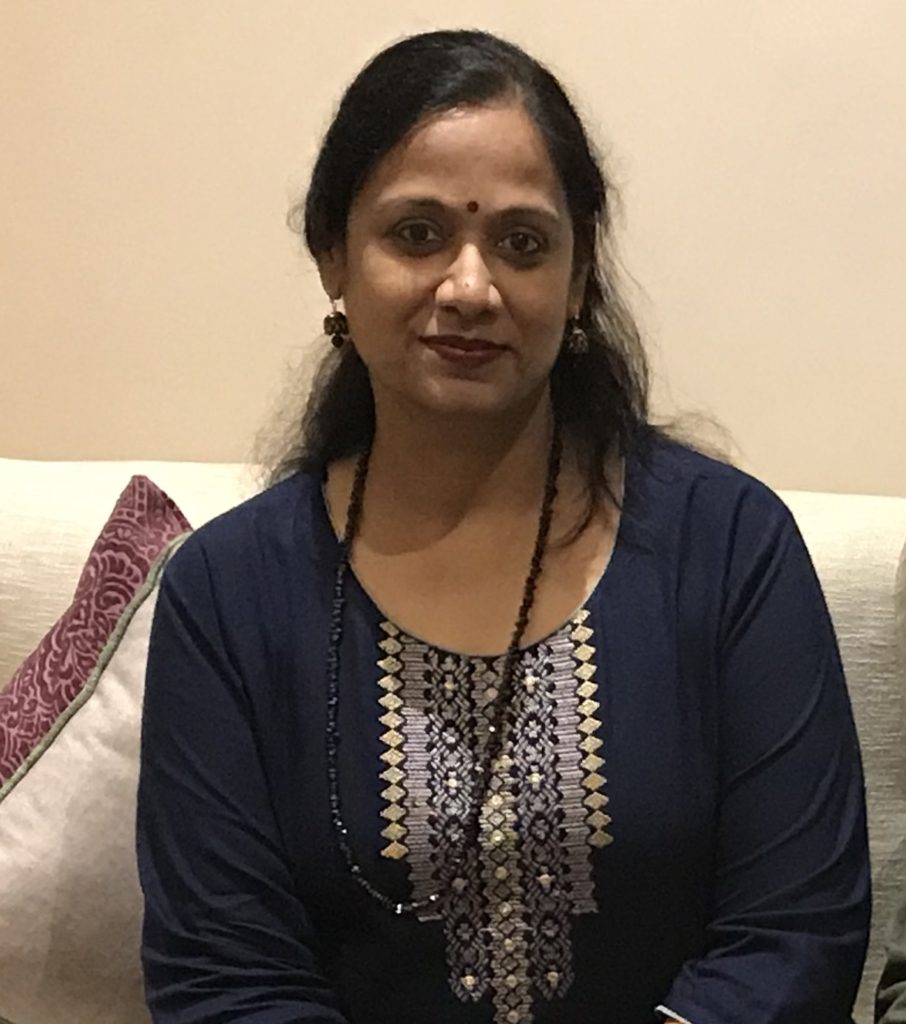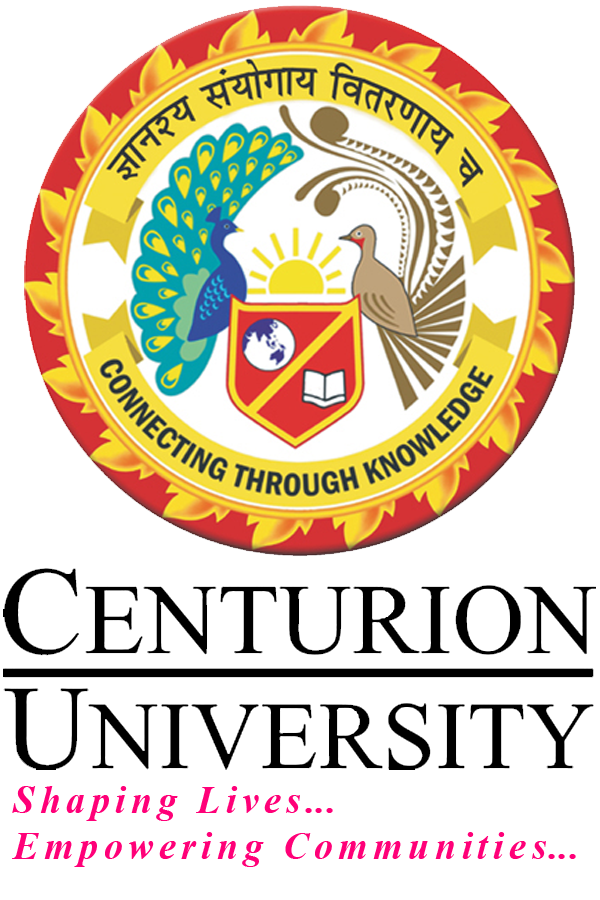Computer-Aided prediction of material properties helps in predicting the behavior of a material in different applications. This is quick calculation method which helps the experimentalist to save time and make experiments more economical. With the significant rise in the availability of information on molecules, one can also design new types of materials for a specific use. This course helps the learner to gain knowledge on the computational method.
New Material Development with Biovia
Course Attendees
Still no participant
Course Reviews
Still no reviews
Code(Credit) : CUTM3110 (0-3-1)
| Scheme | Skill for Success (SFS) |
| NSQF Level | 4 |
| Duration | 4 Months |
| Sector | |
| Occupations | Research and development |
| Entry Qualification | Diploma/B. Tech/Applied Science |
| Minimum Age | 18 Years |
| Aligned to (QP) | |
Course Objectives:
The objectives of this subject are:
- Students will learn to use Biovia.
- Students will be introduced to computational research.
- Students can work with several methods of computational calculations.
After completing this programme the learner will
- Be able to appreciate ethe importance of computational research in concedes matter.
- Be able to design and develop various structure of bulk and nano materials.
- The trainee will implement activities and organizing resources to meet desired outcomes.
- Can join research industry as a research scholar or research associate.
- Can get job in various research labs.
- Can get job in materials science based industry.
Industry Participation:
- Dassault systems.
Expert Participation:
Dipankar Bhattacharya, Professor, CUTM Odisha.
Course Syllabus/Contents:
Module 1:
Elementary idea about Crystal structure, semiconductor, composite, polymer, Adsorption, Sorption, DFT, Importance of studying material properties.
Module 2:
Introducing to Biovia Material studio, creating and saving a project, running a job and saving all results.
Module 3:
Using the crystal builder
Assignment
- Develop the structure of a conductor/semiconductor/polymer/composite.
- Build a nano structure.
- Build a supercell.
Module 4: Introducing Build menu
Building few crystal structures using various parameters
Assignment
- Effect of symmetry on creating different supercells
- Build vacuum slab of several thickness
Module 5:Introducing CASTEP menu, lattice structure, lattice constant
Predicting lattice parameter of AlAs using CASTEP
Module 6: Introducing Cantera menu
Print the critical state properties for the fluids for which Cantera has built-in liquid/vapor equations of state.
Module 7:Adsorption of CO onto a Pd (110) surface
Purpose: Introduces the use of CASTEP for calculating the adsorption energy of a gas onto a metal surface.
Modules: Materials Visualizer, CASTEP
Module 8:
Introducing Sorption menu.
H2 sorption in a boron-nitride nanotube. Or any other example of Sorption
Module 9:Introducing DFTB+ menu
Simulation experiment using DFTB+
Module 10:Introducing DMOL3 menu, band structure, band gap
Computing band structure of Si and Ge using DMOL3
Assignment (Any one):
- Investigate properties of a hydrogen saturated carbon zigzag nanoribbon.
- Investigate some of the basic properties of a semiconductor.
- Calculate surface density of GaN.
- Calculate Thermodynamic properties of any material.
Module 11:
Studying polymer – compatibility of two polymers
Module 12: Introducing Synthia menu, polymer and its properties and uses
Predicting properties (thermodynamic, optical and mechanical) of a polymer using synthia
List of Projects/Products/Publications :
Latest News & Student Testimonials
Media
Our Main Teachers

Dr. Padmaja Patnaik
Associate Professor in School of Applied Sciences, Department of Physics
VIEW PROFILEDr. Padmaja Patnaik has done her PhD in Physics from IITB, Mumbai under the guidance of Dr Gautam Mukhopadhya and Dr Prabhakar P Singh of IITB, Mumbai. She focuses on the application of theory behind many scientific research and applications in the field of Physics and Material Science to solve modern day problems and foster […]

